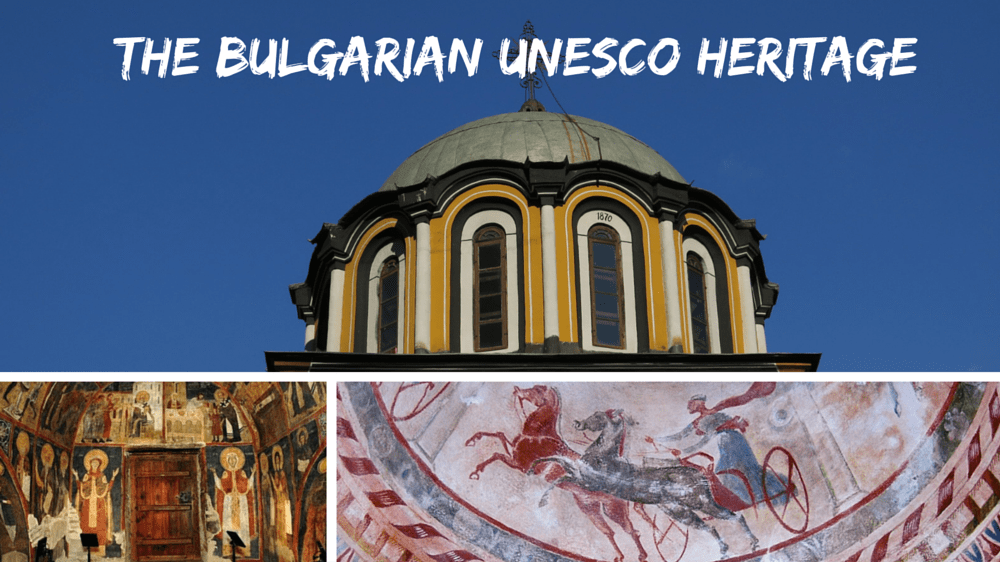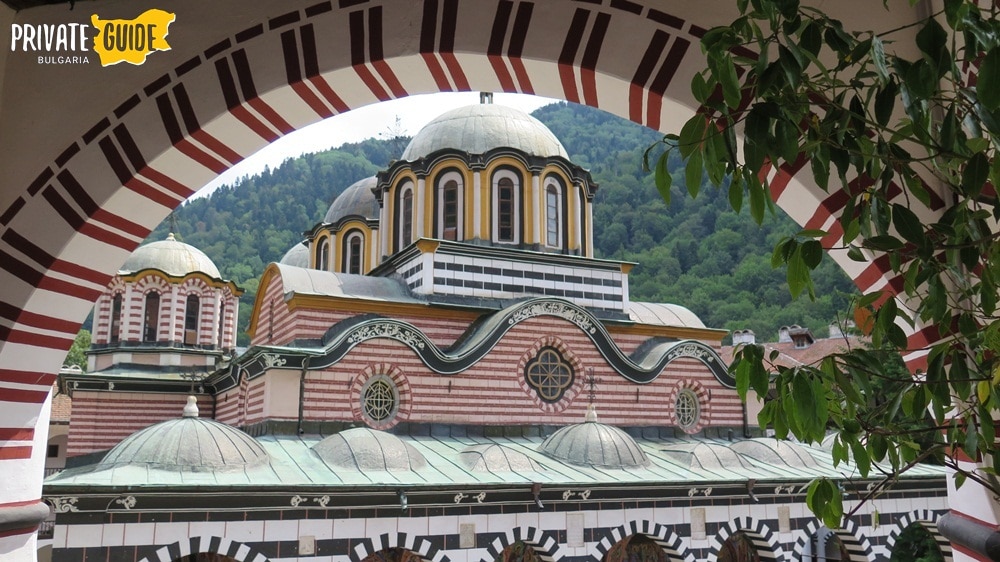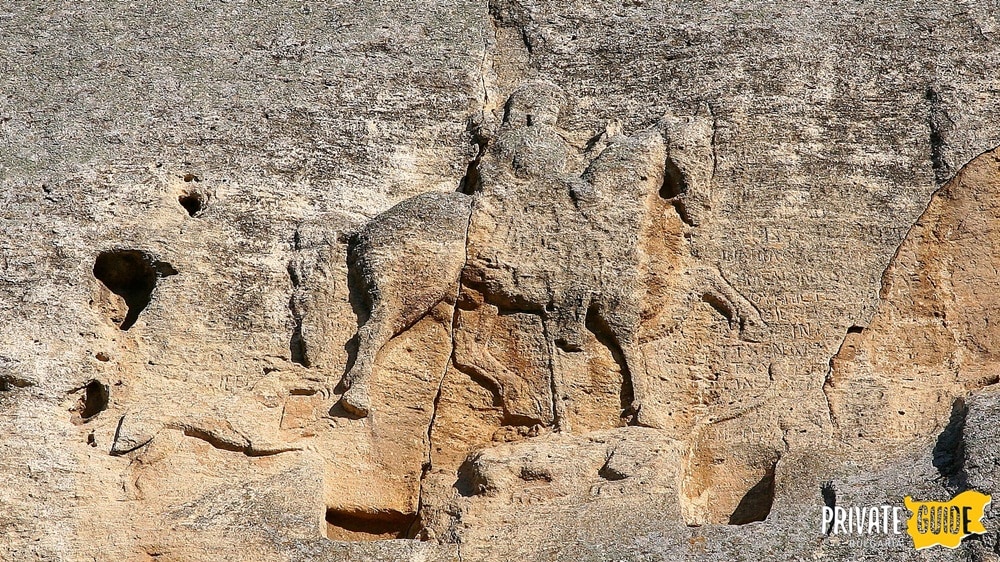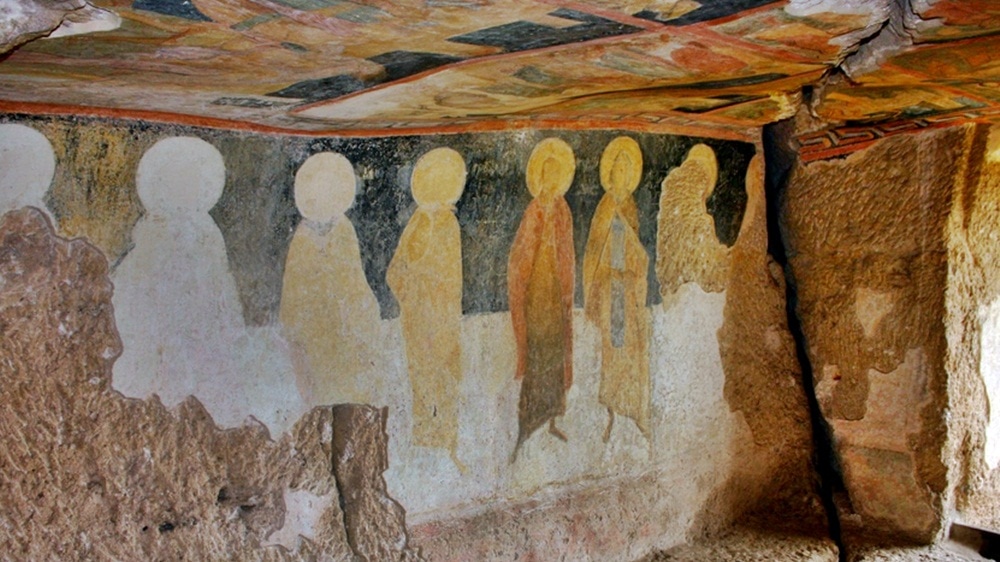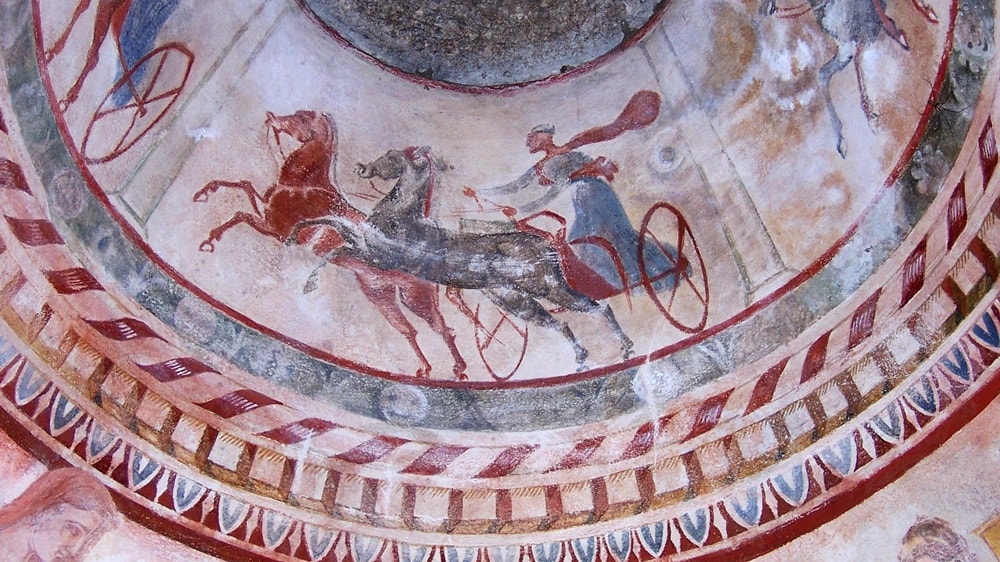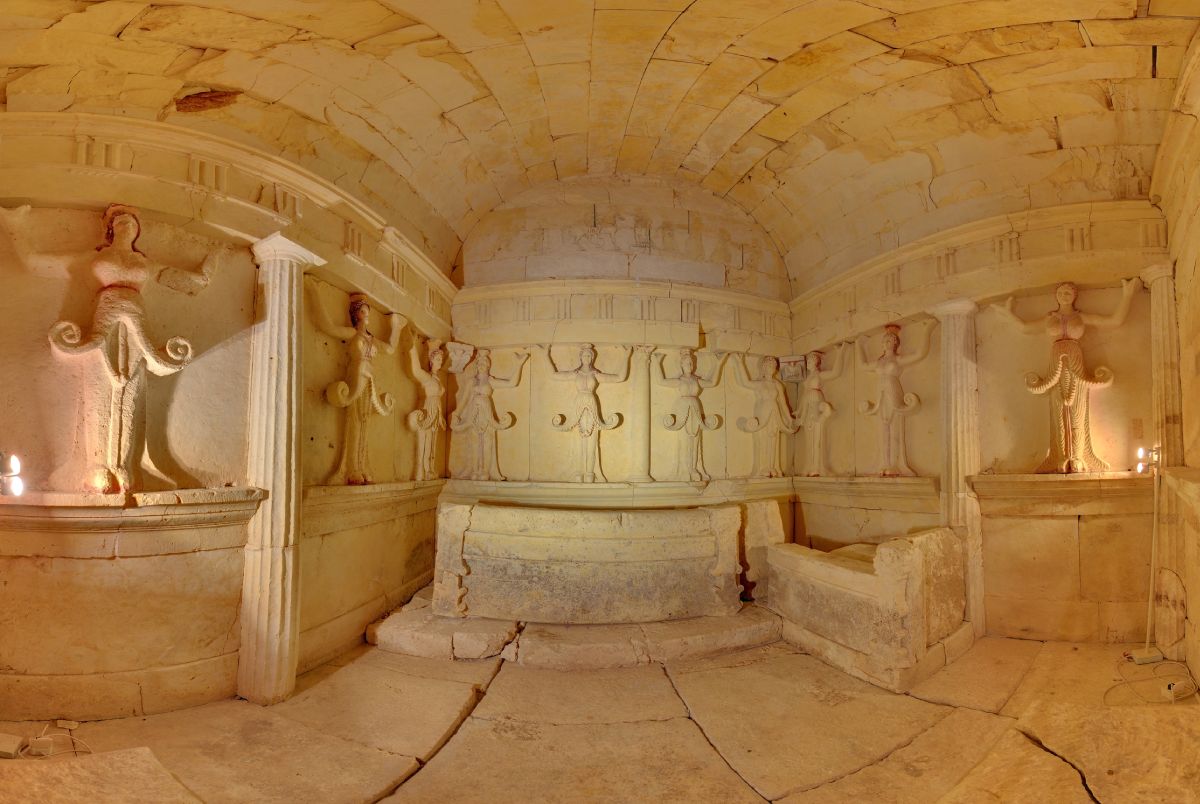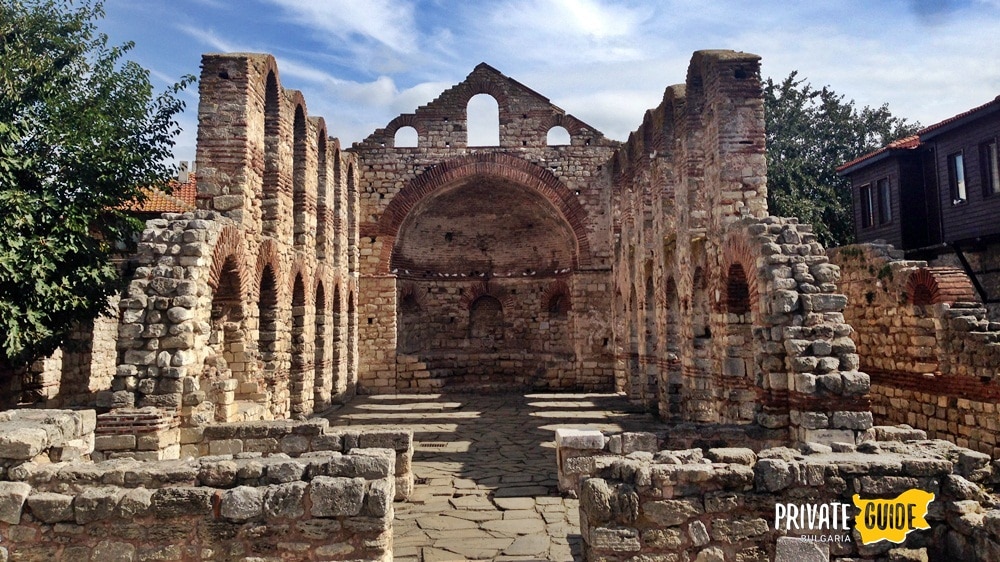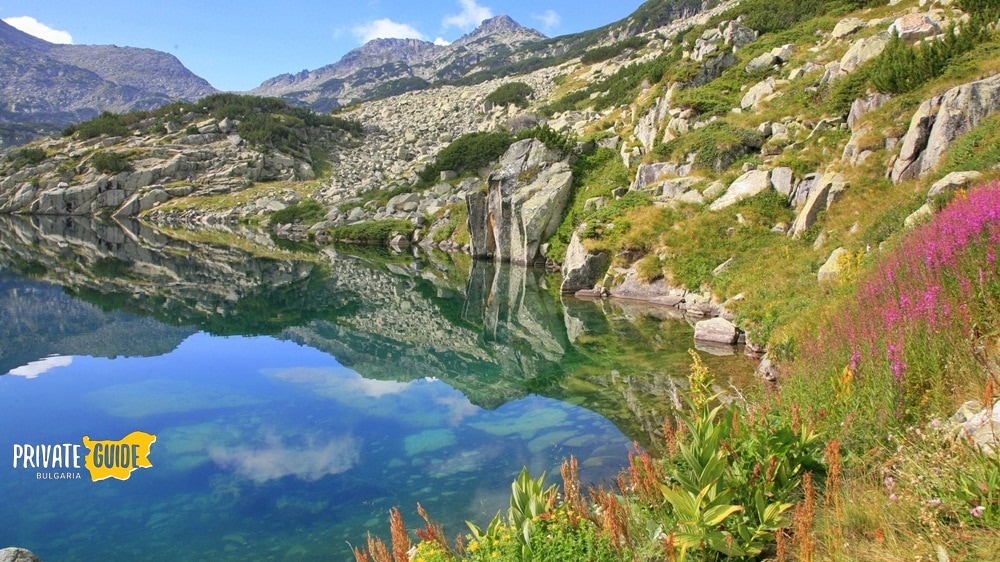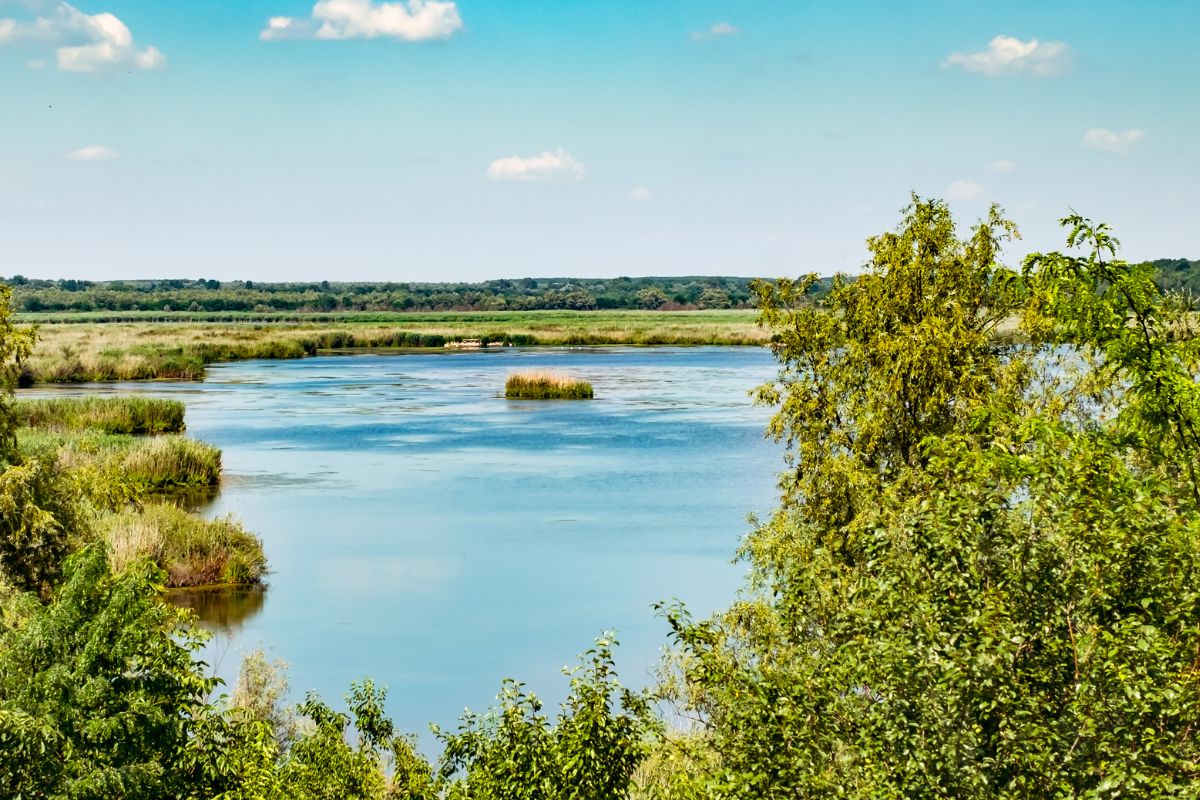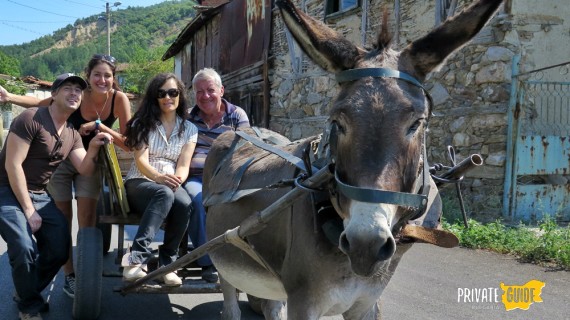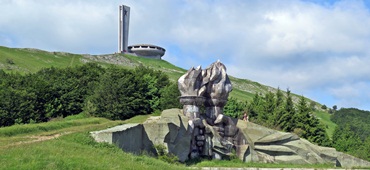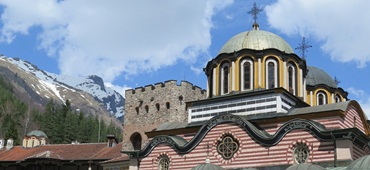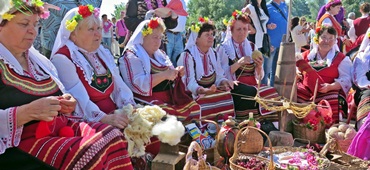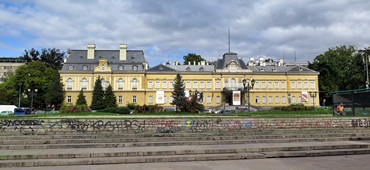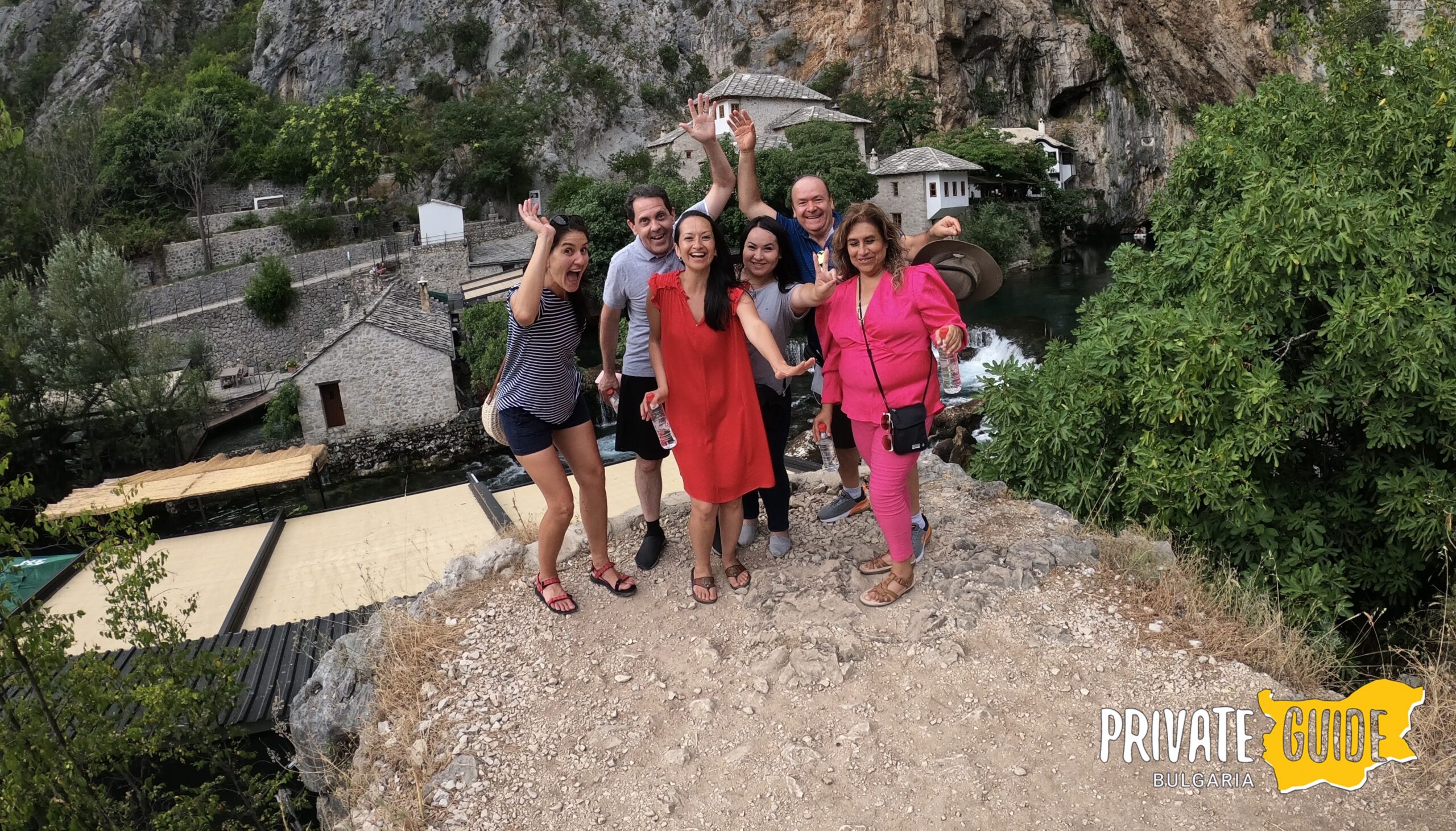UNESCO Sights in Bulgaria: Historical Landmarks and Unique Customs
Bulgaria offers not only sunshine-soaked beaches and verdant mountains for tourists who are eager to explore it. The Bulgarian land is steeped in history, with sites left from peoples who inhabited it and made culture and art thrive, along with crafts, manufacturing, and trading.
Thracian tribes, ancient Greeks and Romans, Slavs, and Protobulgarians worked with dedication to erect sites which still stand and tell glorious tales of times past. The United Nations Educational, Scientific, and Cultural Organization (UNESCO) sites in Bulgaria provide a glimpse into the richness of the country’s culture and history.
The Rila Monastery
The Rila Monastery is among the top sites to visit. It is Bulgaria’s largest monastery, picturesquely located in the folds of the Rila mountain. It has stood there since its establishment in the tenth century and has been the stronghold for Bulgarian enlightenment and culture. The monastery complex spans an area of 8,800 square meters. The premises are nearly 300. The monastery museum is the place where you can learn about its remarkable history.
The Boyana Church
Another ancient site is the Boyana Church, in the capital, Sofia. It also dates from the tenth century, and is precious with its several layers of murals. Among the images on them, Jesus Christ and the Holy Mother, along with Bulgarian kings and queens, are depicted. The murals were made in diverse periods by diverse painters.
The Madara Rider
The Madara Rider is a unique relief on a vertical rock in northeast Bulgaria, near the town of Shumen. The rock rises by the village of Madara. The relief was carved at a height of 23 meters. It is over 1,000 years old, but the images of a rider holding a spear, a wounded lion at the feet of the horse, and a hunting dog are seen. The precise year of carving, or who the rider depicted is, is not certain. In 2008, after nationwide voting, the Madara Rider was selected as the global symbol of Bulgaria.
The Rock-Hewn Churches of Ivanovo
The list of UNESCO sites for Bulgaria comprises the rock churches complex near the Ivanovo village, in the vicinity of the Danubian town of Rousse, 20 km away from it. The name of the complex is Saint Archangel Michael; it was founded at the beginning of the thirteenth century. The Holy Mother church, with well-preserved, beautiful murals, is especially impressive. The monastery complex belongs to the Roussenski Lom nature park, ideal for eco tourism, bird watching, visiting the Orlova Chuka cave nearby, and the Basarbovski Monastery, the only functioning rock monastery in Bulgaria.
The Thracian Tomb of Kazanlak
Thracian tombs are a worthy part of UNESCO’s heritage in Bulgaria. The Kazanlak Tomb, located in a small park in Kazanlak, Central Bulgaria, is closed for visitors, but its replica, adjacent to it, is open for tourists.
The replica presents the grandeur of the tomb where an unknown Thracian chief was buried in the fourth or third century BC. The nurals are among the best preserved from that ancient period.
A trip to the Thracian tomb in Kazanlak can be combined with a visit to the UFO-looking communist Buzludzha monument, or the Rose Festival at the beginning of June.
The Thracian Tomb of Sveshtari
The Sveshtari Tomb, also from Thracian times, belongs to UNESCO’s list for Bulgaria too. Located near Isperih, in northeast Bulgaria, it is part of the Sboryanovo historical and archeological reserve. The tomb was built in the third century BC. A Thracian chief was buried there.
It impresses with the magnificent architecture and decorations, among which are the statues of women with raised hands, on whose faces and hands there are still traces remaining of colorful decorations.
Visitors can combine a visit to the Sveshtari Tomb with a walk to another tomb called Demir Baba Teke. That is the tomb of a Muslim, revered by both Muslims and Christians and believed to have miraculous healing powers.
The Ancient City of Nessebar
The Black Sea coast boasts another UNESCO site in Bulgaria, near Burgas, in the town of Nessebar. It combines ancient sites and Revival period architecture. The sites are located in the ancient town, on a picturesque small peninsula, which is reached along a narrow stretch of land.
The ancient Nessebar was established 3,200 years ago. The remains of fortress walls, Byzantine period baths, and several temples have been preserved. The renovated Revival period houses are over 100. One of them, built in 1840, houses the Ethnographic Museum.
Pirin National Park
Bulgaria’s nature also boasts UNESCO recognition on its list of natural sites. Let us start with Pirin Mountain National Park, in the southwest of Bulgaria. The mountain abounds in beautiful mountain scapes, lakes, coniferous forests, and the biodiversity is extensive. There are two reserves in Pirin:
- 1,315 plant species,
- over 200 animal species,
- and 159 bird species.
The oldest tree in Bulgaria, a fir tree aged over 1,300 years, is in the town of Bansko, near the Bunderitsa mountain home. Over Bansko rises Bulgaria’s second-highest peak, Vihren, 1,914 meters high.
The Srebarna Lake National Reserve
By the Danube, near Silistra, the Srebarna Lake reserve is another Bulgarian UNESCO heritage gem. It boasts rare birds and birds nearing extinction, which nest or have a rest here, en route to the south. The reserve area is 600 hectares, 2 kilometers from the Danube. Pelicans, white geese, ducks, and herons are among the rare birds inhabiting the lake.
Bulgarian Intangible Cultural Heritage
Finally, the picture of Bulgaria’s heritage would not be complete without several unique customs. On the Bulgarian UNESCO list since 2005 have been the Bistrishki Grannies, performers of old folklore from the Shoppe region near Sofia. The songs they perform have spellbinding archaic polyphony. They also perform old dances and customs of the region.
Another unique custom, the rite of dancing on live coals, barefoot, is called Nestinari. It was practiced in Thrace, and now the rite is preserved in the Strandzha mountain, in southeast Bulgaria, in the villages of Bulgari, Kosti, and Brodilovo. It is believed the rite has its roots in the pagan past on this land, related to the cult of the Sun by the Thracians. Dancers perform on June 3, when the day of Saints Constantine and Elena (old style) is celebrated. The Nestinari women tread on the coals with small steps.
Be certain to see Chiprovtsi carpets, which are manually woven from natural materials, cotton and wool, in the town of Chiprovtsi. The custom of weaving them originated in the seventeenth century. The colors used are yellow, brown, red, blue, and green. Chiprovtsi carpets have a thickness of 3 to 5 millimeters.
Last but not least, the kukeri custom is worth visiting and experiencing. It is an old tradition, usually happening in January, where men and children wear animal masks, made of wood, with horns; some of the masks are even double-faced, to symbolize good and evil. Their main goal is to chase away all evil spirits and ensure a healthy and fruitful year for everyone.

